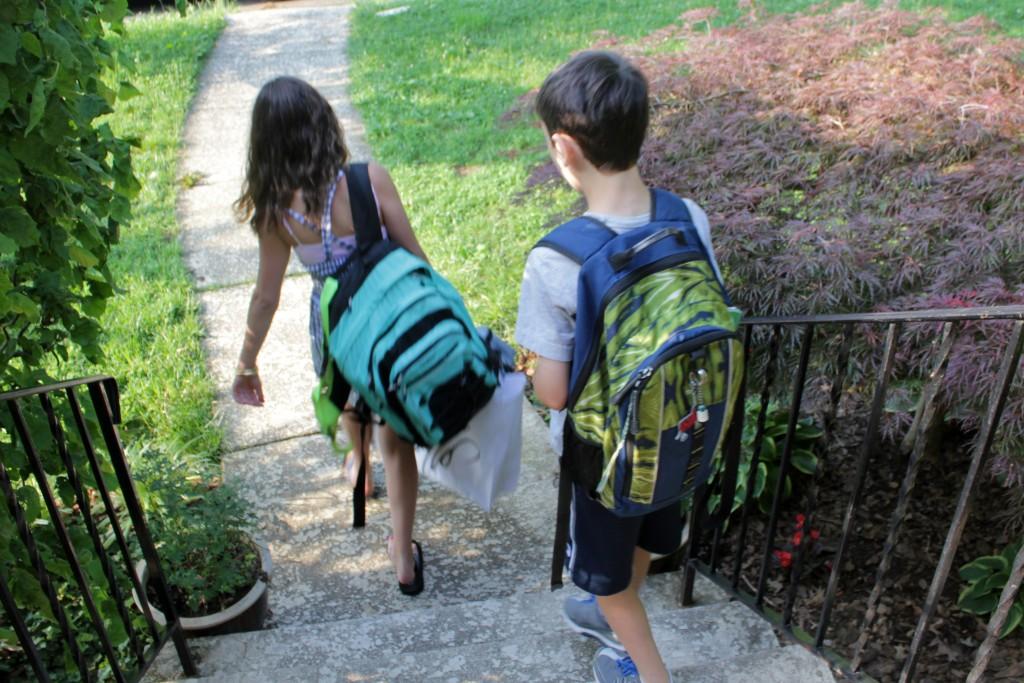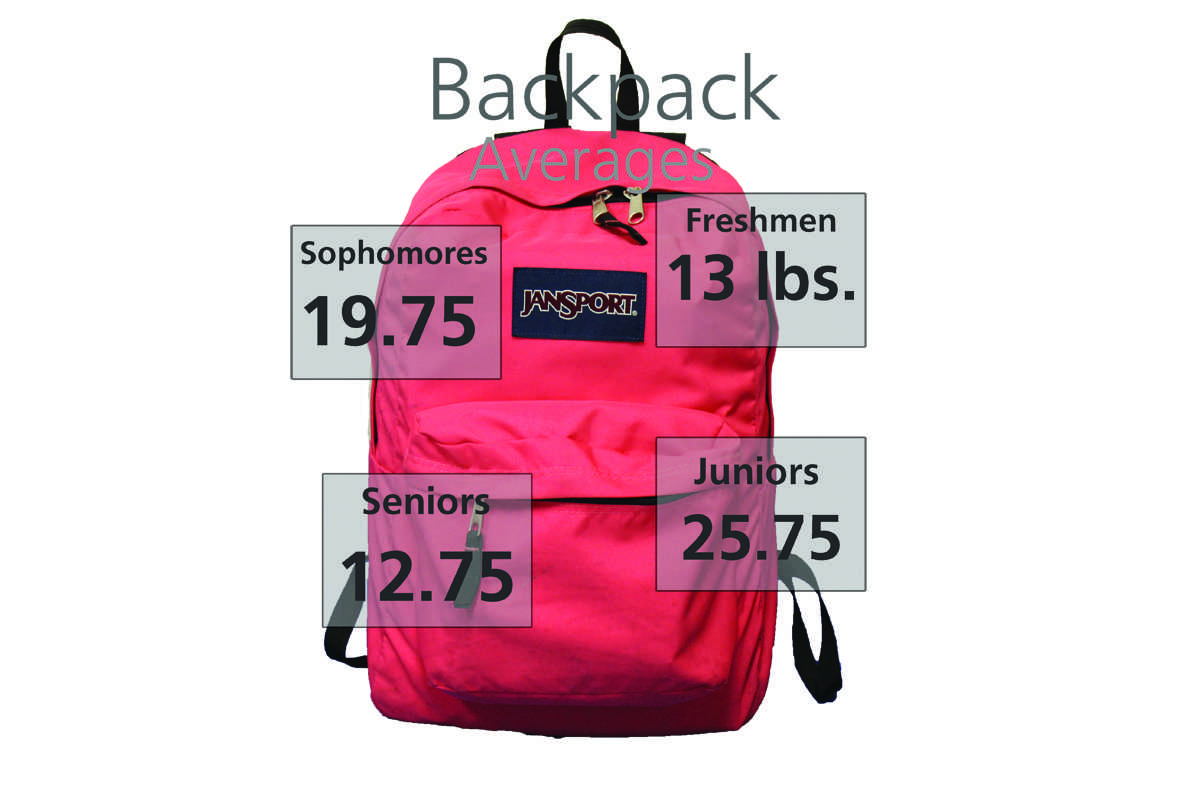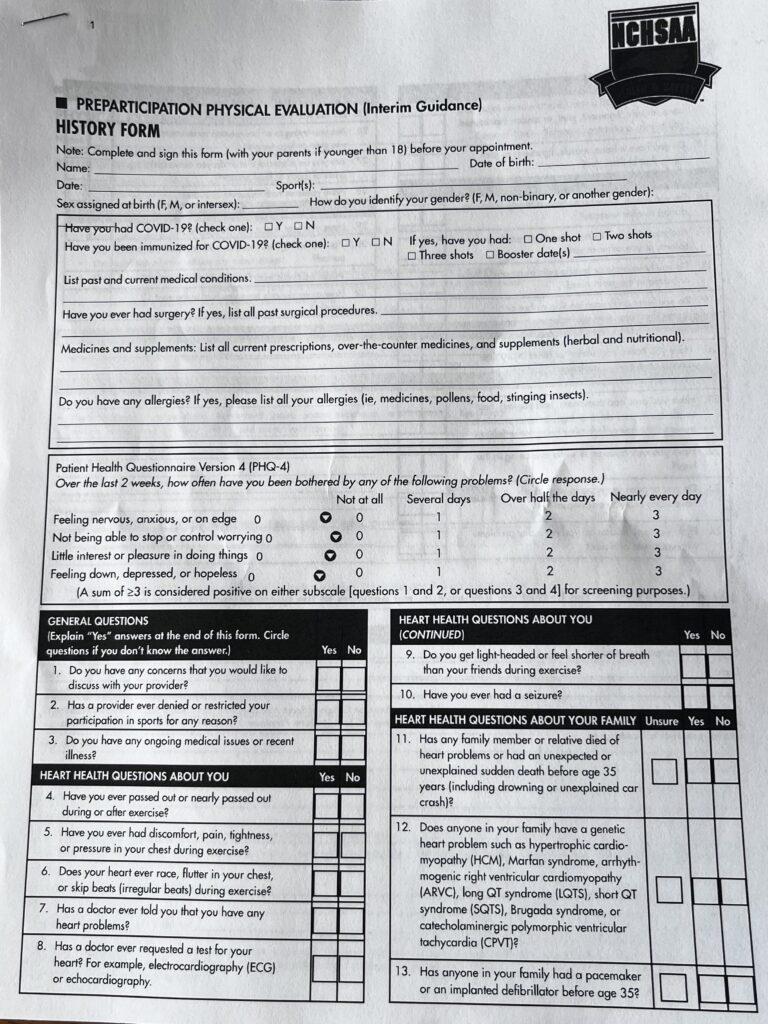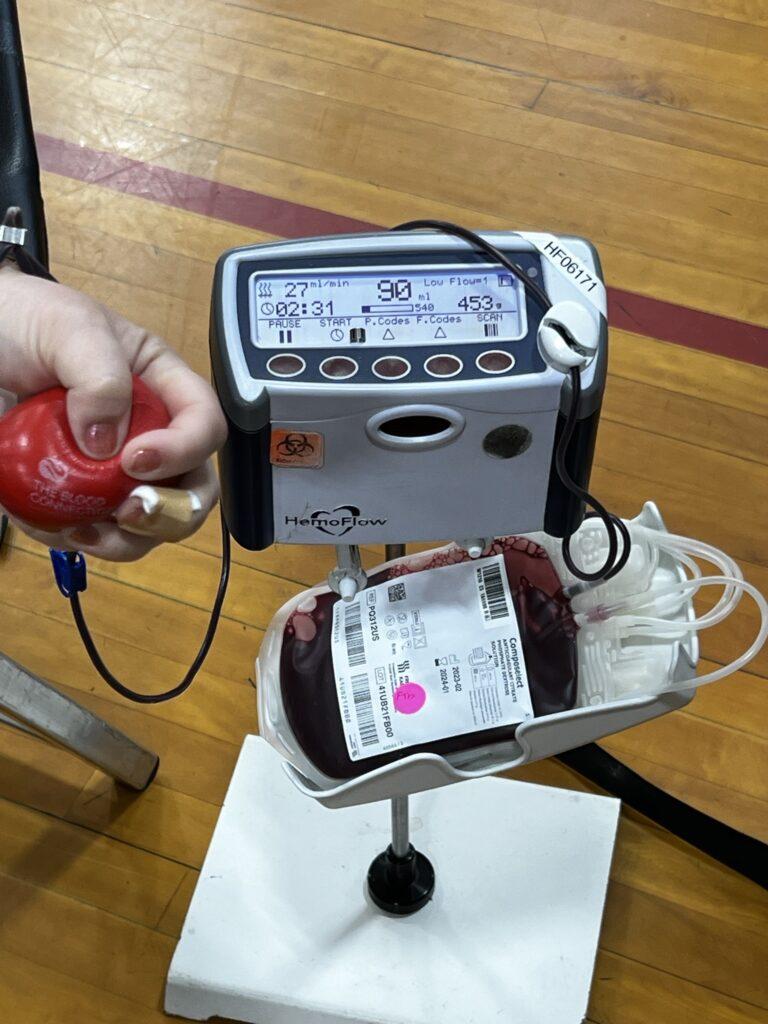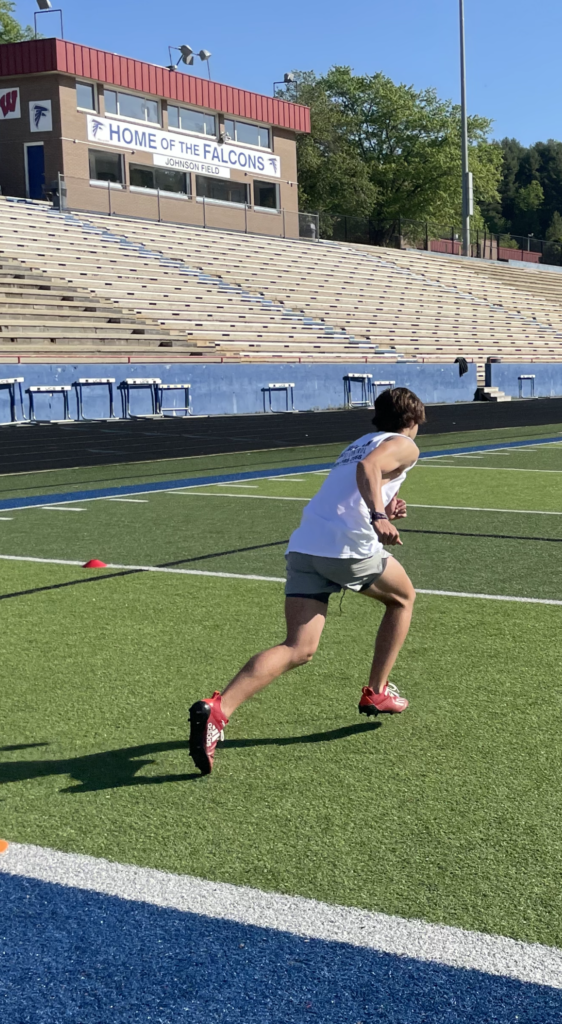With assignments, studying, tests and extracurricular activities, students sometimes feel as though they are carrying the weight of the world on their shoulders during the school year. And for some students, they literally do.
Factoring in lunch, daily supplies, binders and textbooks, the weight students are carrying around in their backpacks is potentially harmful.
“Rarely do students or their parents have any idea that the backpack is causing as many problems as it is,” Dr. Jonathan Brown, a chiropractor at Brown Family Chiropractic in Fletcher, said. “Typically, this is something we have to figure out over time. Often times, I hear that there just isn’t time to utilize a locker. Of course, if you can lighten the load by only carrying what you have to, that’s great. But if that isn’t an option, then you have to carry as smartly as you can.”
The American Academy of Orthopedic Surgeons recommends that the weight of a student’s backpack should be less than 10 to 15 percent of the student’s body weight. Textbooks can weigh up to 5 pounds.
“After we had been in school only a few weeks, I already had an aching pain in my back from my enormous backpack,” junior Samantha Wilkie said. “I don’t know how I am going to make it to the end of the year in this condition. But it’s school, so it’s expected.”
This excessive weight that students carry each day can quickly add up to a dangerous amount. The federal Consumer Product Safety Commission calculated that carrying a 12-pound backpack to and from school and lifting it 10 times a day for an entire school year put a cumulative load on students’ bodies of 21,600 pounds. This is equivalent to lifting six mid-sized cars.
“Since I am carrying a textbook and four binders, my backpack tends to get heavy,” senior LeighAnn DeVore said. “I find relief when I take it off, but it really hurts afterwards. It also affects my posture. I find I slouch a lot naturally because my books are too heavy.”
Doctors agree that overloaded backpacks can negatively impact a student’s posture. According to Dr. Elise G. Hewitt, the president of the American Chiropractic Association’s Pediatric Council, from an interview with the Huffington Post, the shoulders were not designed to hang things on. By carrying heavy loads daily, students could end up with rounded shoulders and lower back injuries that could impact their lives after high school.
“Heavy loads on your back will affect your posture by causing or worsening existing postural distortions,” Brown said. “It will also have an impact on how well the joints in your spine, hips and shoulders move. If ignored for a long enough period, this could lead to subluxations, which is when the vertebrae in the spine can no longer move as well as they should and this affects those joints mechanically, but also causes neurological interference as well.”
This position that students take to balance the weight on their back can compress the spine and cause vertebral disks to be pressed. Also, when students have to raise their neck to see in front of them, pinched nerves and neck pain can result.
According to the U.S. Consumer Product Safety Commission, at least 14,000 children are treated for backpack-related injuries every year.
“I have a really heavy backpack,” junior Lauren Harrelson said. “I have to carry four binders, four folders, a journal, a book and two textbooks. The weight makes my back hurt, and I have to hunch over just to keep my backpack up.”
Shoulder straps can present a significant problem when excessive weight relies on them. The straps can apply pressure to blood vessels and nerves in a student’s neck. This pressure can cause pain and tingling sensations in arms, hands, legs and necks, Brown said.
The use of only one shoulder to carry an overloaded backpack, resulting in a student putting more weight on one side than the other, can cause a student’s spine to curve unnaturally. To avoid this curvature, it is advised that students use both straps when carrying backpacks.
“Muscular imbalances could possibly be seen,” Brown said. “Those muscles now have to work harder to not only help you move around, but now they are trying to keep that load from injuring you as well. Headaches are a very common result as well.”
Administrators with the Henderson County Public Schools have requested funds to purchase Chromebooks for area high school students next year. The computers would help reduce the weight students carry on their shoulders by reducing the number of textbooks being issued. The 3-pound laptops would create a significant contrast to the load of multiple textbooks that are required for different courses.
Technology is in all aspects of students’ lives and this will be a way to incorporate their interest in the classroom, according to Kim Berry, school nurse.
“My daughter brings home a backpack every day,” Berry said. “She has several binders that she has to have, and it’s just as heavy as if she had textbooks in it. It would make a huge difference to have Chromebooks as long as they replace binders as well.”
Until the Chromebooks become a reality, students have to manage the weight they carry on their backs. This problem has become so widespread that the California State Assembly passed legislation that would force school districts to develop ways of reducing the weight of students’ backpacks. New Jersey is considering similar legislation.
Doctor’s offices are advising students to wisely consider what they carry on their backs on a regular basis. They encourage students to take out things they do not need and suggest carrying books in front of them instead of on their shoulders.
“I carry my textbooks outside of my backpacks because my backpack is so full of binders and other books for all of my classes,” junior Elizabeth O’Donnell said.
By Sofia Molina

